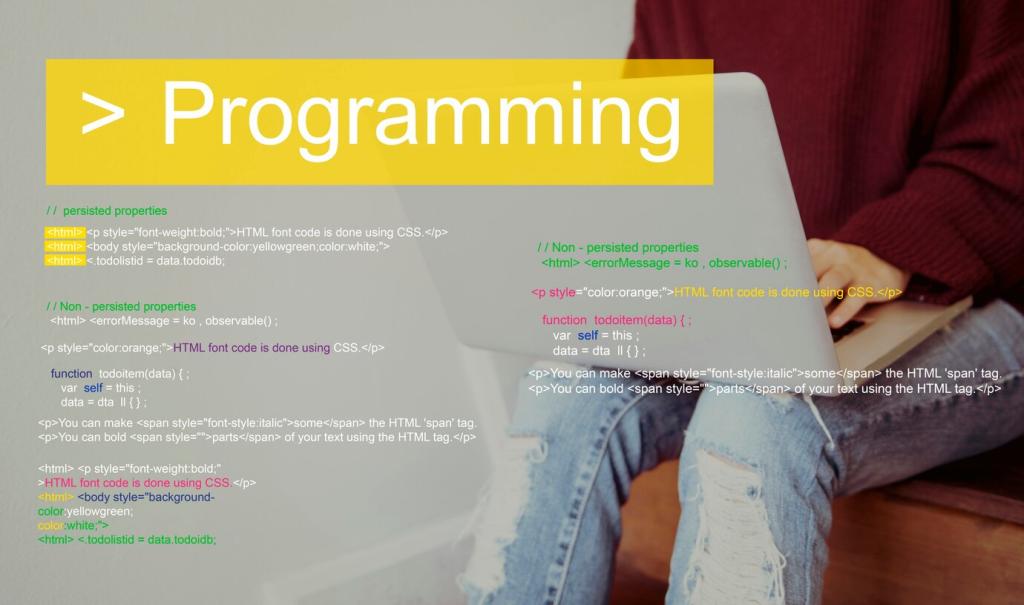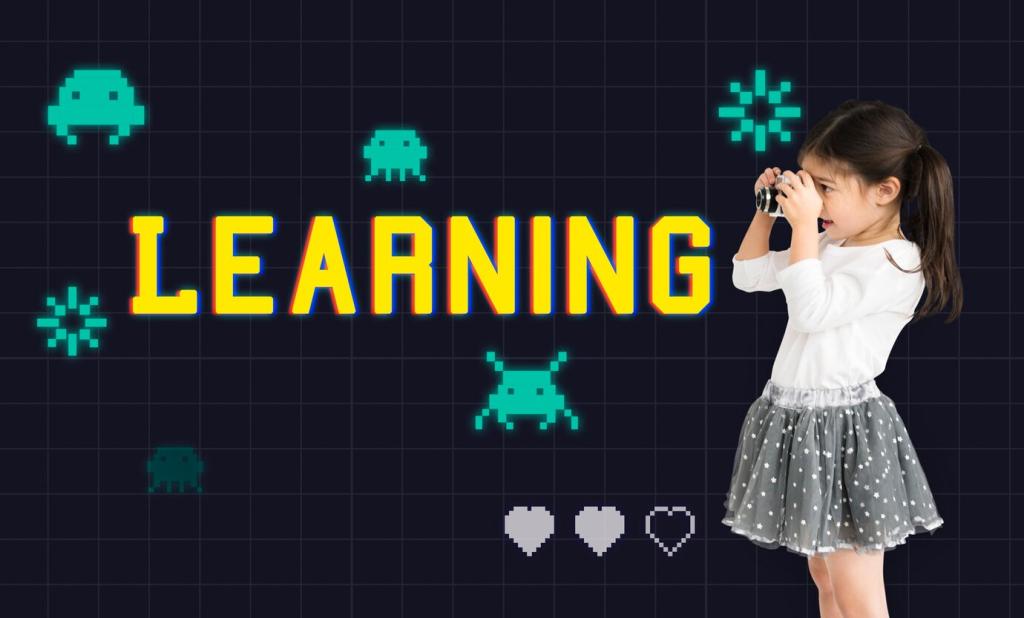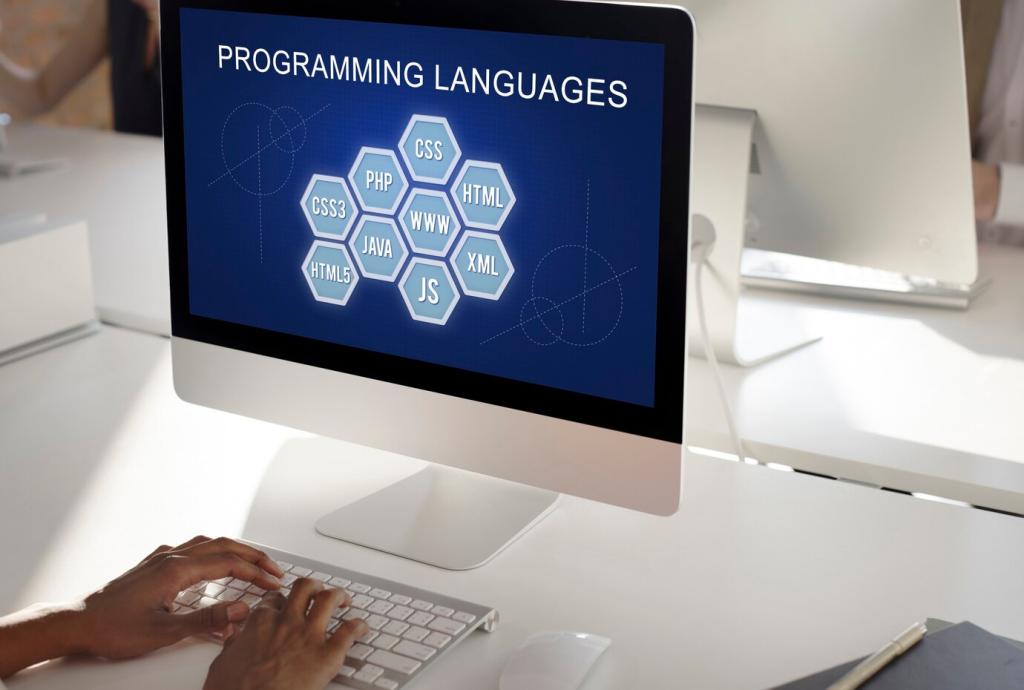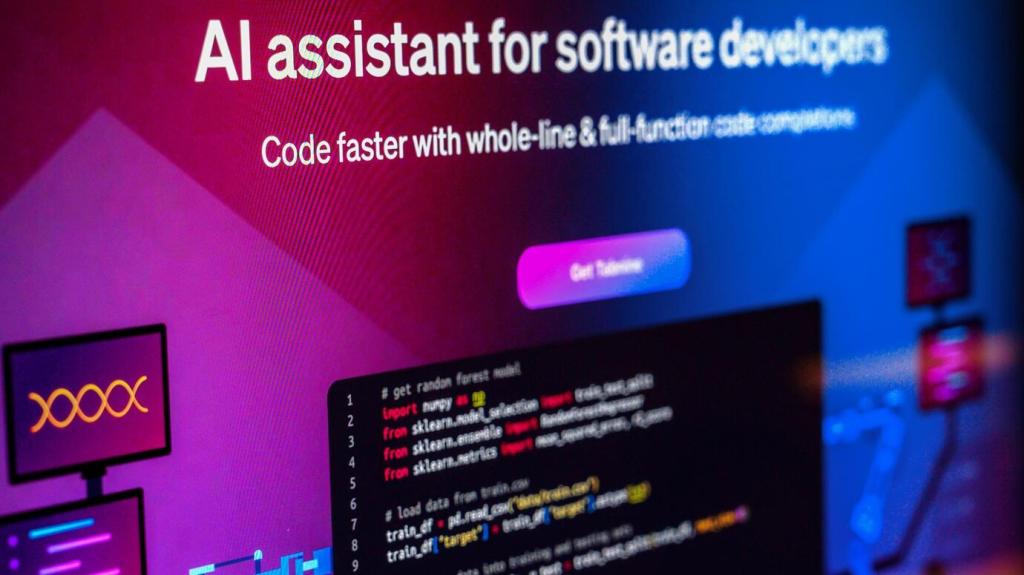Software Design and Architecture: Thinking Beyond Individual Files
Pick a course that teaches patterns like Strategy, Observer, and Dependency Injection with hands-on refactors of an existing codebase. Seeing before-and-after diffs is crucial. Share one pattern you’ll practice this month and where it fits in your current project.
Software Design and Architecture: Thinking Beyond Individual Files
Seek instruction comparing layered, hexagonal, microservices, and serverless designs through case studies. Good courses map choices to team size, deployment habits, and domain needs. Comment which architecture matches your next build and why you ruled out others.








